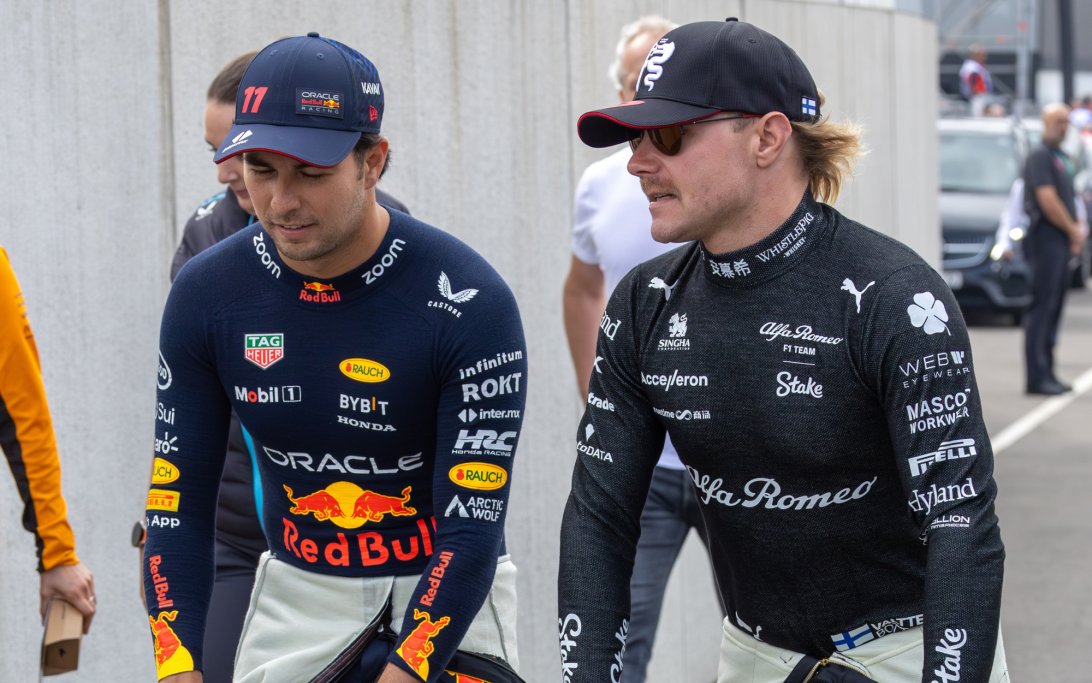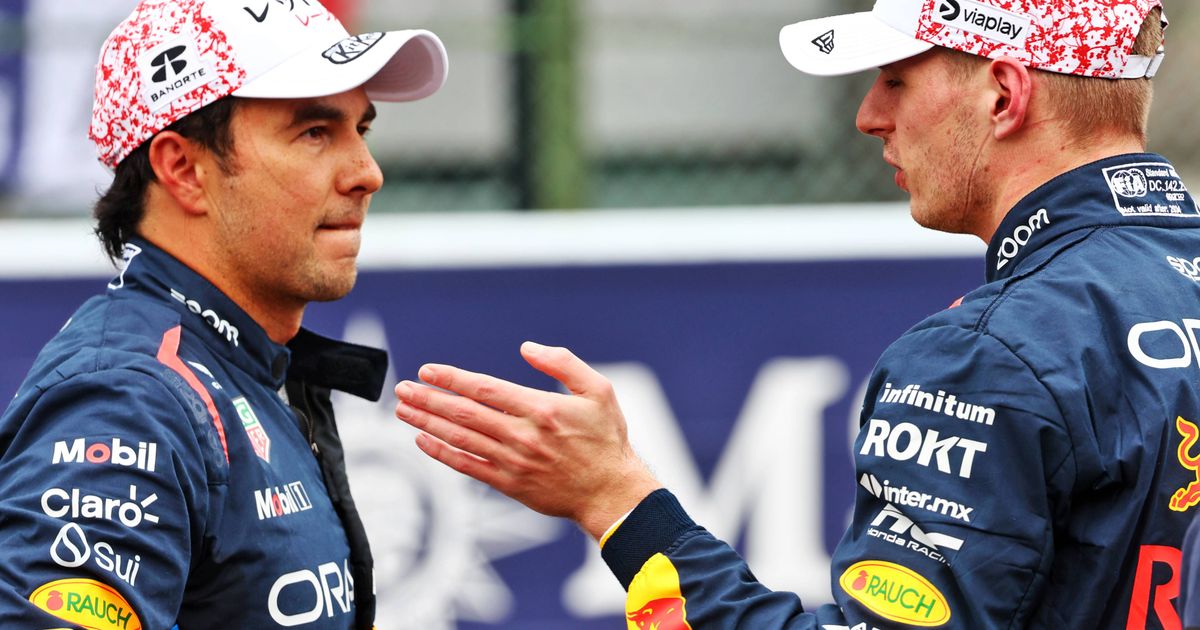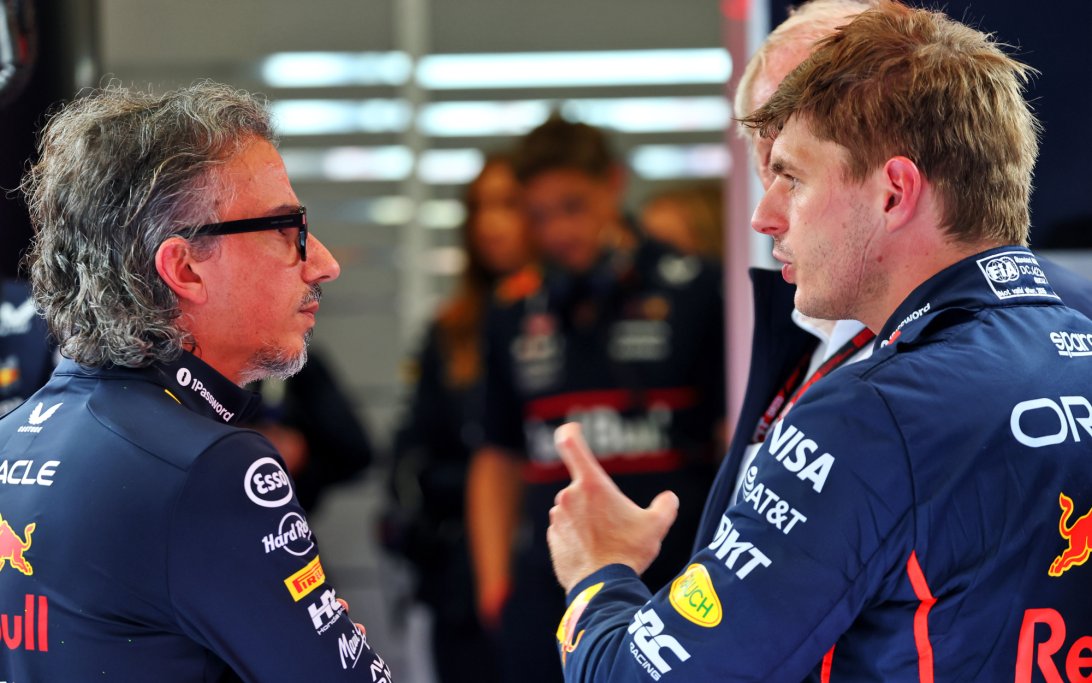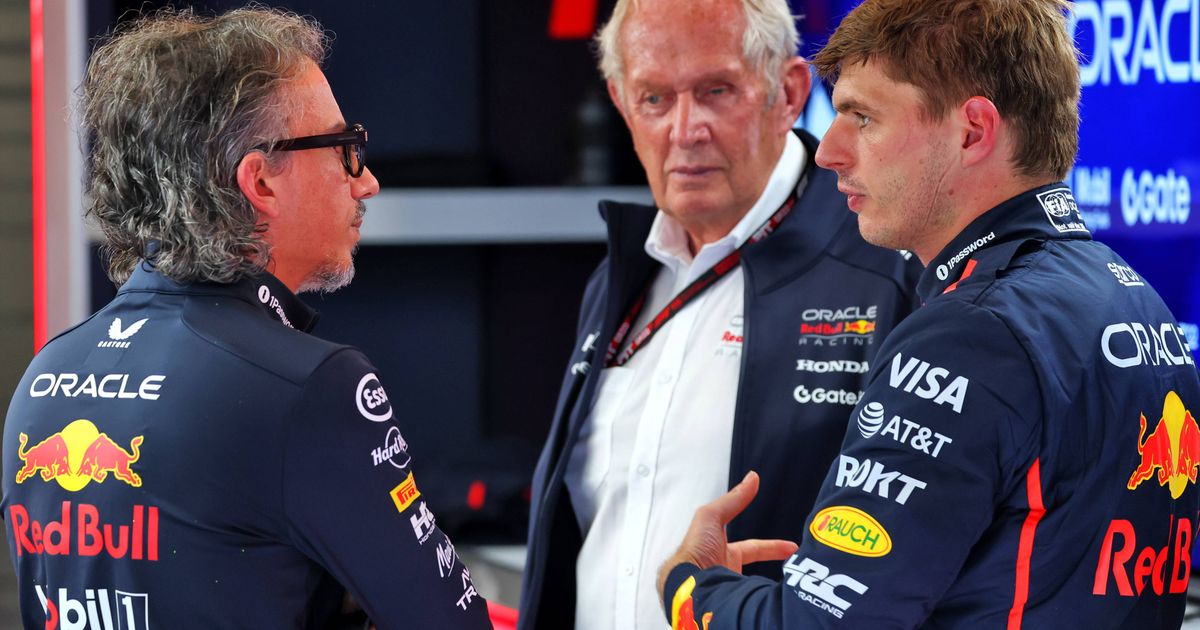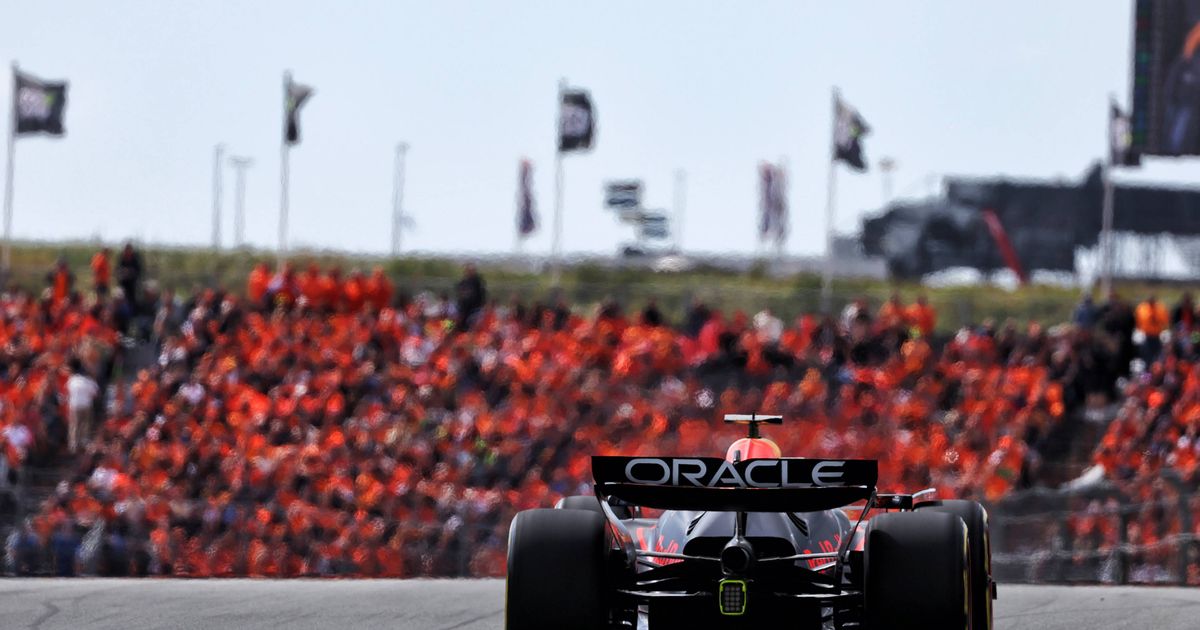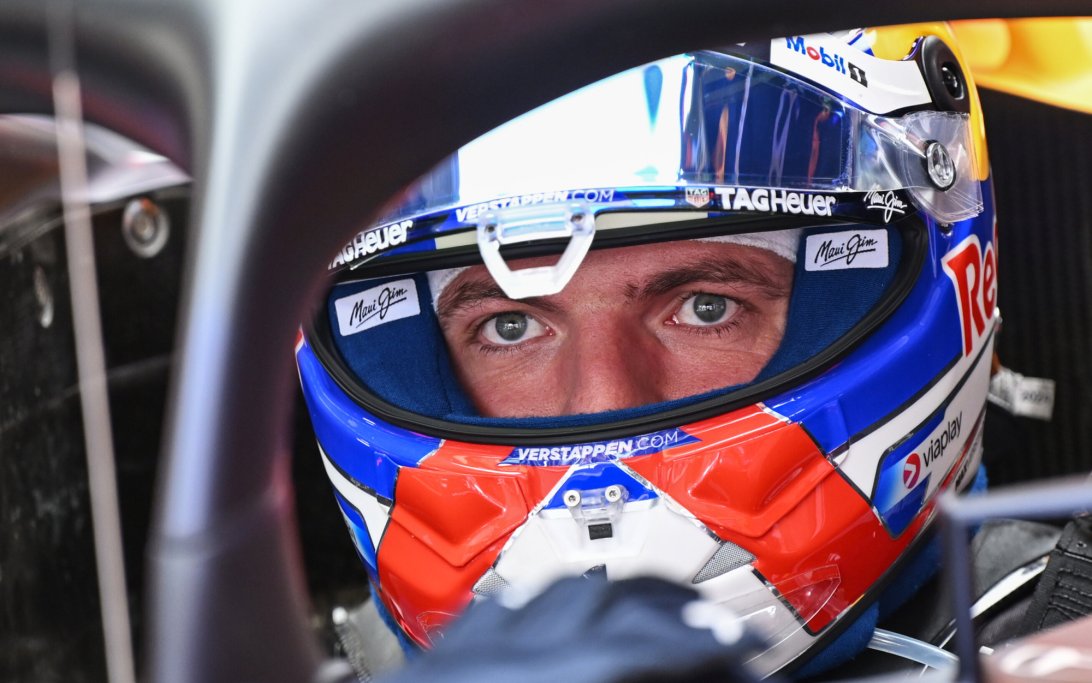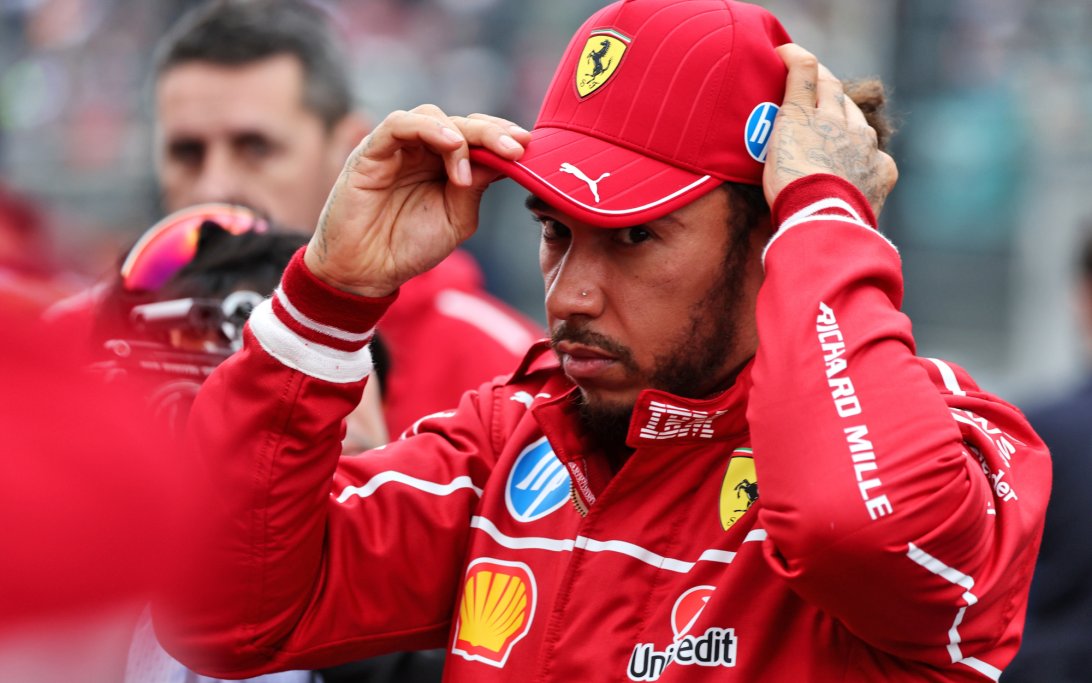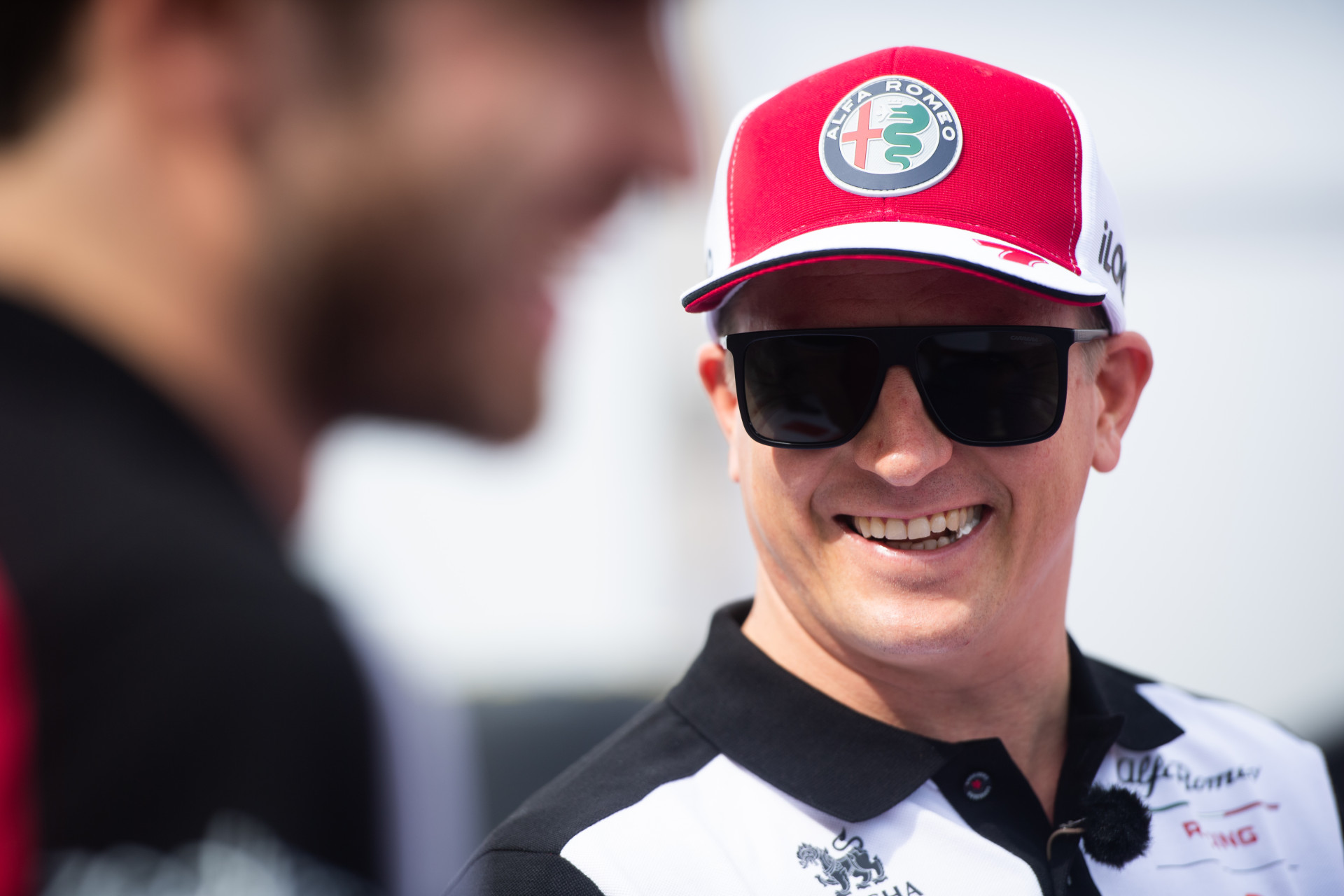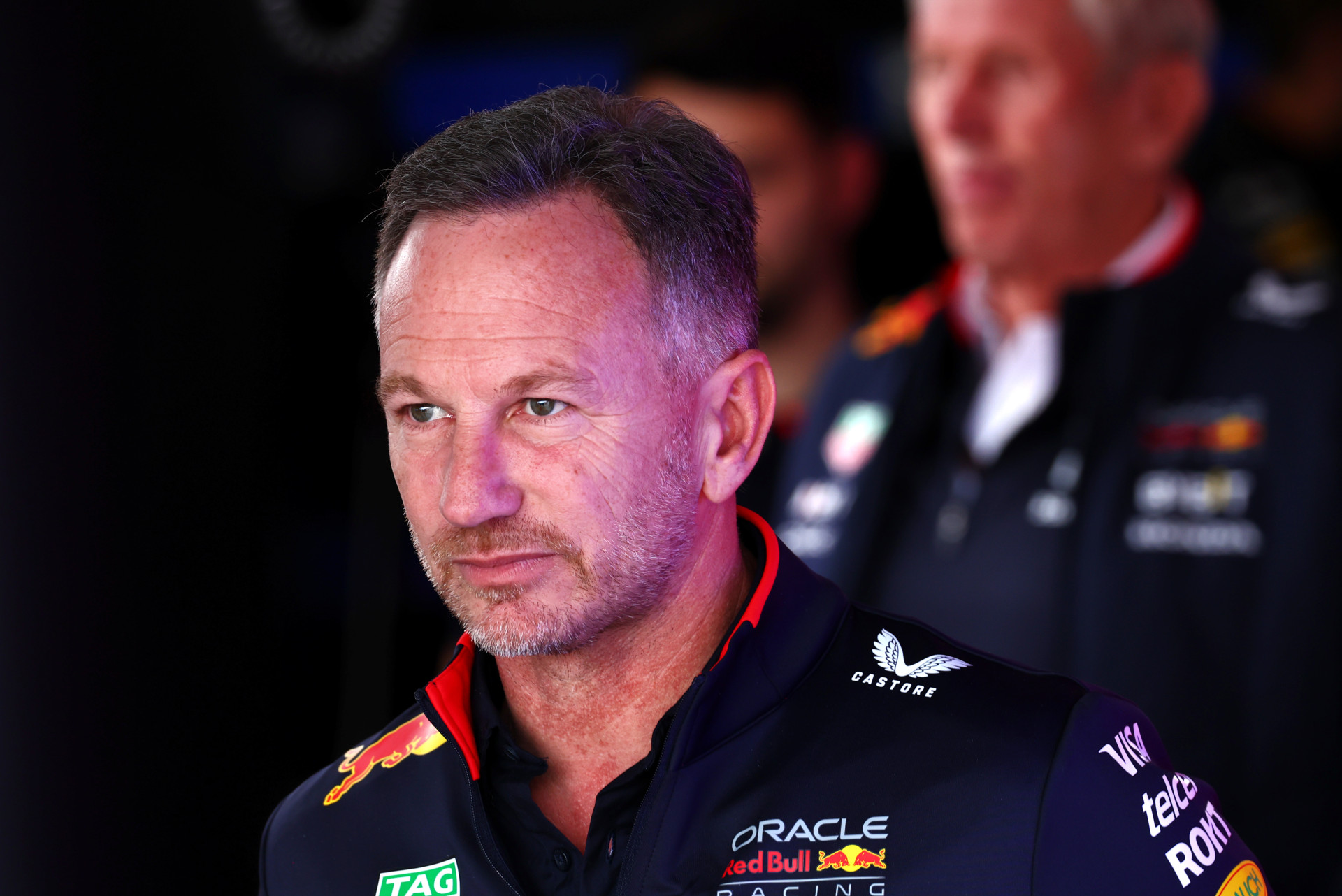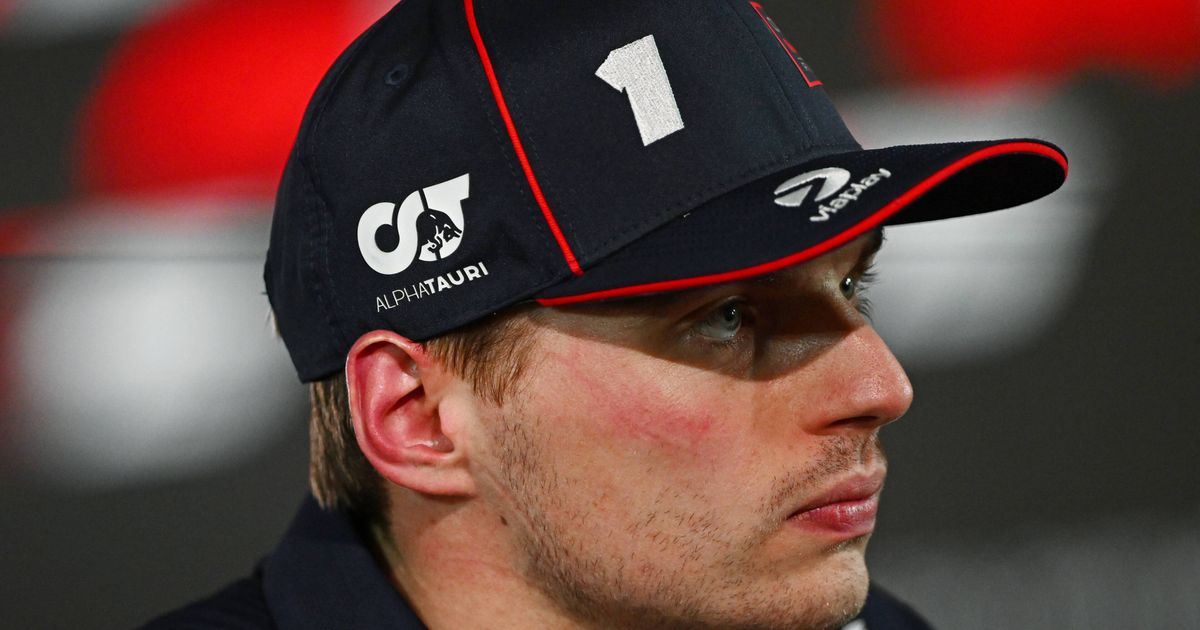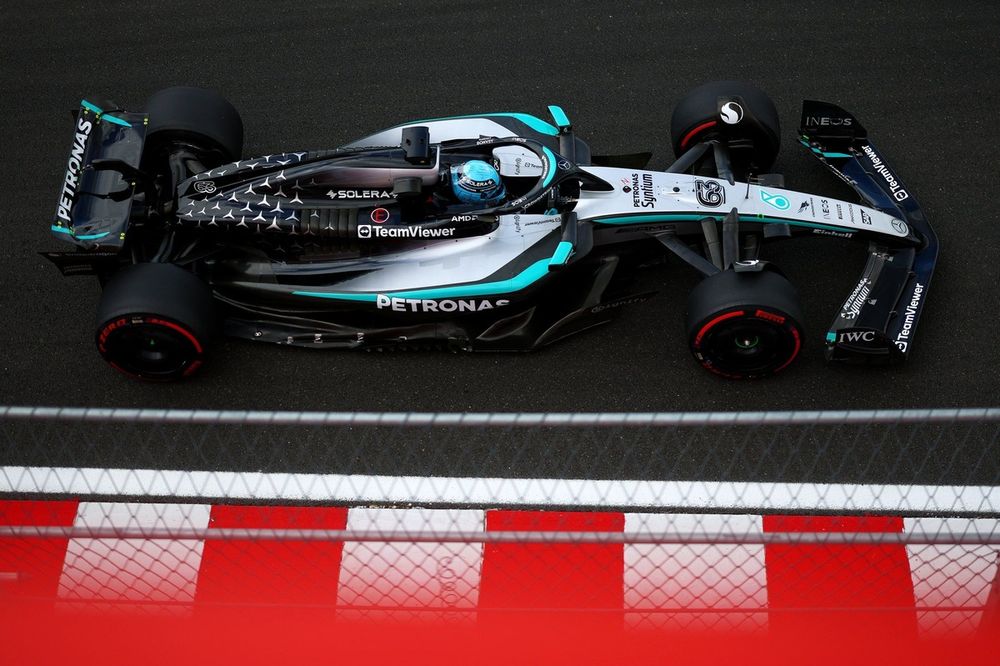Mercedes Technical Director James Allison has offered insights into the 2026 Formula 1 regulations, emphasizing that while mastering the new chassis and aerodynamics will be paramount, tyres are set to remain a critical performance bottleneck. He suggests powertrain dependency could become secondary to the car's overall design, a crucial strategic shift for teams like Mercedes.
2026 Key Changes
The upcoming regulations bring substantial shifts:
- Powertrain: Equal power split between combustion engine and electric motor.
- Active Aerodynamics: Cars can switch between low-drag and high-downforce modes.
- Tyre Size: Reduced by 25mm (front) and 30mm (rear), cutting drag/weight but shrinking the contact patch, making tyres work harder.
Performance Challenges
Allison stated new power units offer "beneficial" high-speed engine loads, yet tyres will be the ultimate limiter. The removal of tyre heating blankets further complicates matters, requiring Pirelli to develop new compounds effective at lower temperatures. "It's still the tyres at the end of the chain that have to absorb everything you do," he noted.
Mercedes driver George Russell tested the narrower 2026 tyres in March. He described them as "a bit of a challenge" and "quite a step worse" than current tyres, hoping for improvements.
Teams are now intensifying development on 2026 car concepts, focusing on chassis and active aero. Pirelli faces the challenge of refining tyre compounds for these demanding new specifications.


